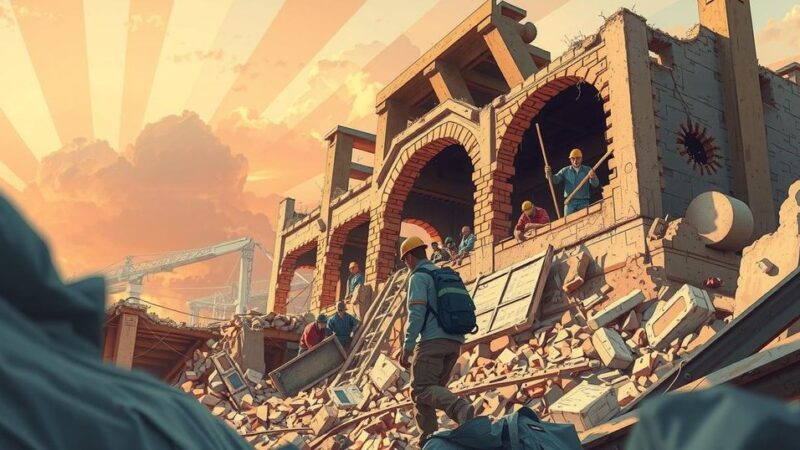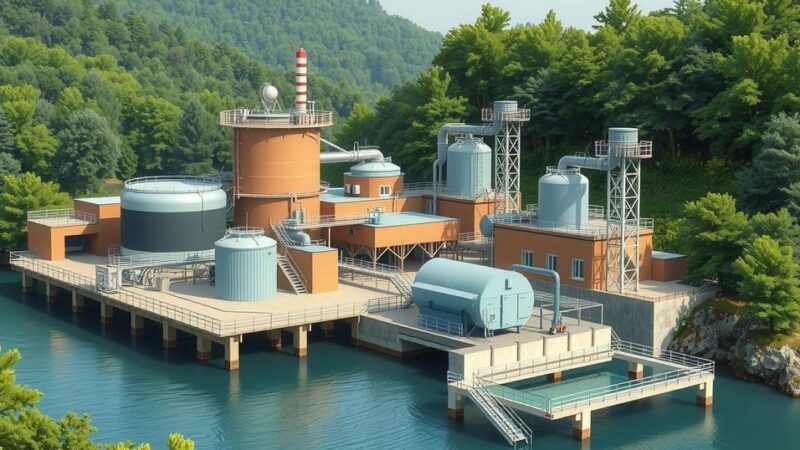Alexandria, Egypt, is experiencing severe building collapses due to rising sea levels and climate change, with a tenfold increase in incidents over the past two decades. Research shows that weakened foundations from rising water levels threaten over 7,000 buildings. Experts emphasize the need for protective coastal measures to prevent further losses to this historic city.
The historic port city of Alexandria, Egypt, is experiencing a severe rise in sea levels, leading to the collapse of numerous buildings. Sara Fouad from the Technical University of Munich remarked that these once-resilient structures, which have weathered various natural disasters throughout their history, are now succumbing to the effects of climate change, particularly due to rising seas and more intense storms.
Fouad leads a new study examining the tenfold increase in building collapses in Alexandria over the past twenty years. Researchers analyzed contemporary satellite imagery in conjunction with old maps to assess the shoreline’s retreat and identify where rising sea levels have affected groundwater, ultimately leading to structural failures within the city.
The findings, published in the journal Earth’s Future, indicate that buildings suffer from bottom-up collapses as rising water levels weaken soil and compromise foundations. The researchers advocate for the construction of sand dunes and tree planting along the coast, emphasizing that more than 7,000 buildings are currently at risk.
Since the year 2001, Alexandria has recorded the collapse of 290 buildings. Study coauthor Essam Heggy from the University of Southern California highlighted that the implications extend beyond mere physical loss, signaling the gradual disappearance of historic coastal cities, with Alexandria exemplifying the urgent reality of climate change impacts.
In conclusion, Alexandria faces grave threats from rising sea levels, leading to a significant increase in building collapses. The study underscores the urgent need for strategic coastal defenses to protect against further environmental degradation. As climate risks materialize, preserving such historic cities becomes increasingly critical.
Original Source: e360.yale.edu






